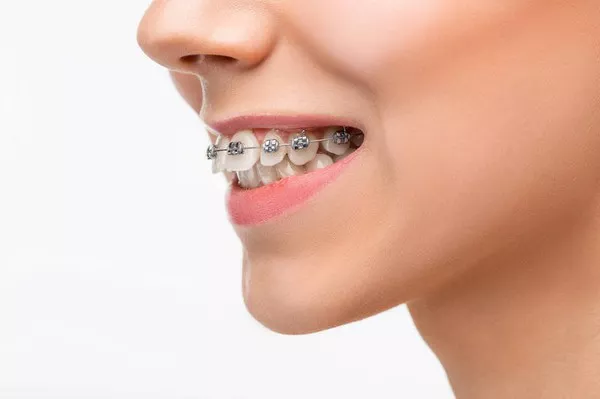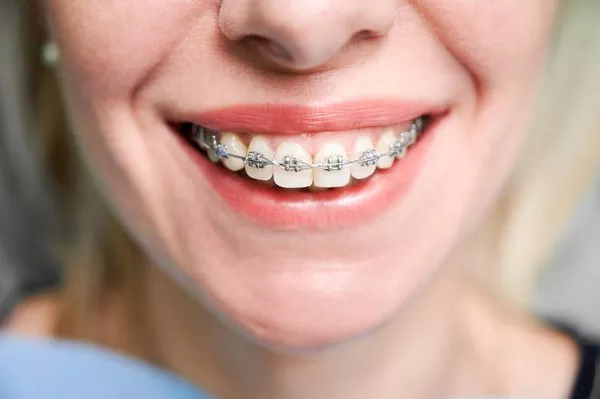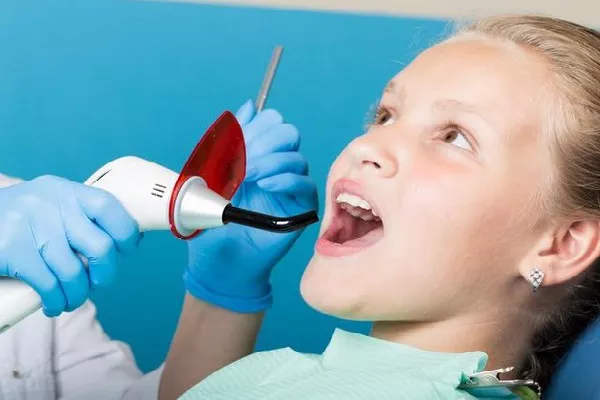Teeth whitening strips are a popular and effective at-home solution for achieving a brighter smile. However, to ensure optimal results and minimize potential risks, it is essential to follow proper teeth preparation before using whitening strips. Surprisingly, one common mistake people make is brushing their teeth immediately before applying whitening strips. In this article, we will explore the reasons why you should not brush your teeth before whitening strips, the impact on the whitening process, and the recommended teeth preparation steps for successful and safe teeth whitening.
The Role of Teeth Preparation in Whitening
Effective teeth preparation is a crucial aspect of any teeth whitening procedure, including the use of whitening strips. Proper preparation helps maximize the whitening agents’ effectiveness, ensures even application, and minimizes potential side effects such as tooth sensitivity and gum irritation.
Why You Should Avoid Brushing Before Whitening Strips
Contrary to popular belief, brushing your teeth immediately before applying whitening strips is not recommended due to the following reasons:
a) Abrasion and Gum Sensitivity: Brushing can cause mild abrasions on the tooth enamel, making the surface slightly rough. Applying whitening strips on rough enamel can lead to uneven whitening results and increased tooth sensitivity.
b) Toothpaste Residue: Toothpaste contains ingredients such as fluoride and surfactants, which can create a barrier on the tooth surface. This barrier can hinder the whitening gel’s direct contact with the teeth, reducing its effectiveness.
c) Increased Sensitivity: Brushing can temporarily make the teeth more sensitive, making the whitening process potentially uncomfortable for some individuals.
d) Whitening Gel Absorption: Whitening strips adhere better to a clean, dry tooth surface. Brushing your teeth immediately before using the strips may leave residual moisture, preventing optimal adhesion of the strips.
Teeth Preparation Steps for Whitening Strips
To prepare your teeth properly for using whitening strips, follow these recommended steps:
a) Pre-Whitening Cleaning: It is best to brush and floss your teeth at least 30 minutes before applying the whitening strips. This allows the teeth to settle and minimizes any potential toothpaste residue.
b) Dry Your Teeth: After brushing, ensure your teeth are dry before applying the whitening strips. You can use a clean, dry cloth or tissue to gently pat your teeth dry.
c) Avoid Eating and Drinking: Avoid consuming any food or beverages, especially those that can stain your teeth, for at least one hour before using the whitening strips.
d) Avoid Saliva Contact: Saliva can interfere with the whitening gel’s effectiveness, so try to minimize saliva contact with the teeth during the whitening process. You can avoid excessive swallowing or use a saliva ejector, if available.
Using Whitening Strips Correctly
To achieve the best results with teeth whitening strips, it is essential to use them correctly:
a) Follow Manufacturer’s Instructions: Always read and follow the instructions provided with the whitening strips carefully. Adhere to the recommended wear time and frequency.
b) Avoid Overuse: Overusing whitening strips can lead to tooth sensitivity and damage to the enamel. Stick to the recommended wear time and avoid using strips for more extended periods without consulting your dentist.
c) Gradual Whitening: Start with shorter wear times, such as 15 minutes, if you are new to teeth whitening, to gauge your teeth’s sensitivity to the bleaching agents.
d) Discontinue If Sensitivity Occurs: If you experience significant sensitivity, discontinue using the whitening strips and consult your dentist for guidance.
Alternatives to Whitening Strips
If you have concerns about using whitening strips or if you have sensitive teeth, consider other teeth whitening options:
a) Professional Whitening: Professional teeth whitening performed by a dentist offers faster and more controlled results. The dentist can customize the treatment to suit your specific needs and address any sensitivity concerns.
b) Whitening Toothpaste: Whitening toothpaste can help remove surface stains and maintain the brightness of your teeth. Choose a toothpaste formulated for your teeth’s sensitivity level.
Conclusion
Proper teeth preparation is vital for achieving safe and effective results with teeth whitening strips. Avoid brushing your teeth immediately before using the strips to minimize abrasion, toothpaste residue, and potential sensitivity. Instead, clean and dry your teeth at least 30 minutes before application. Follow the manufacturer’s instructions, use the strips correctly, and avoid overuse to maintain the health of your teeth and gums while achieving a radiant smile. If you have sensitive teeth or concerns about using whitening strips, consult your dentist to explore alternative whitening options. By following proper teeth preparation and using whitening strips responsibly, you can enjoy a confident and dazzling smile.
Related Topics:































